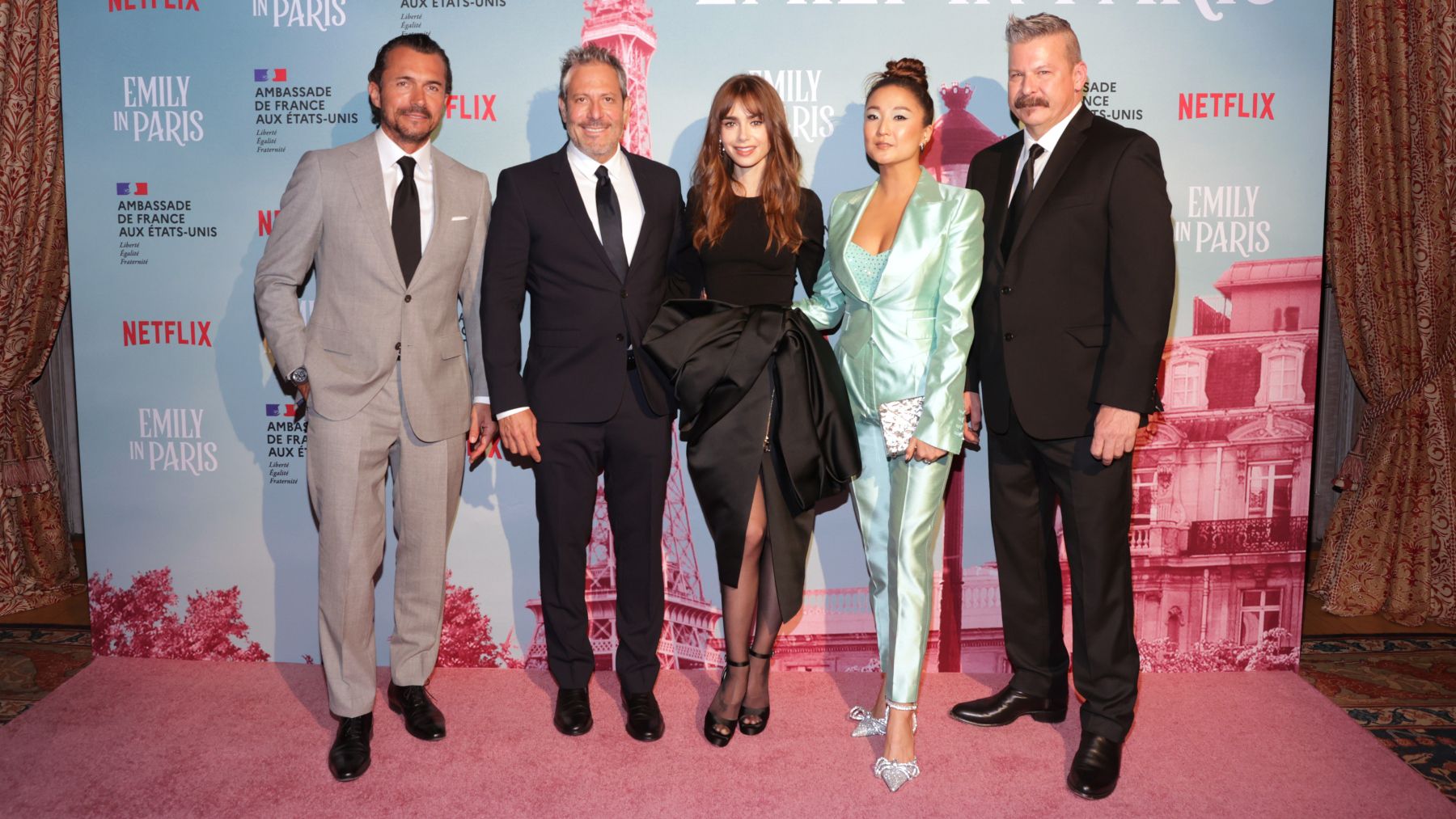
After years of resistance, Netflix will begin streaming ads this week.
The world’s largest video streaming platform will introduce a lower-priced, ad-supported tier, following uneven subscriber growth earlier this year. In the new tier, Netflix will play a string of 15 or 30-second ads before and during movies and television shows.
As social media advertising has become more expensive and less effective, digital brands are allocating more of their advertising budgets to streaming services like Hulu, Amazon’s Prime Video and NBC’s Peacock. Streaming ads reach audiences on multiple devices and brands can run ads on specific shows that appeal to the consumer they’re hoping to reach.
While the streaming market is by some measures less crowded and competitive than social, it’s an increasingly popular space for brands, and Netflix is a late arrival to the ad game. Marketers say that Netflix’s primary selling point is its audience size, which topped 200 million at the end of September.
But some brands say they’re hesitant to take the plunge. Smaller brands in particular are “not going to sign up just because Netflix has this great reach,” said Brad Geving, vice president of media buying at media agency Tatari. That’s in part because Netflix is charging more to run ads than competing platforms, but not offering the same targeting and measurement capabilities as its rivals. Netflix declined to comment.
“It’s not that we don’t want to be early adopters,” said Meagan Finucan, director of performance marketing at Tecovas, a cowboy boot maker that has been running ads on Hulu and Paramount Plus, but has no immediate plans to add Netflix to the mix. “Right now, based off of what’s come out about Netflix’s pricing, I don’t know that it will be the case.”
Still, there are benefits to being early Netflix advertisers for brands with limited marketing budgets if they take the right testing approach, marketers say.
Pay to Play
Netflix is looking to charge $65 per thousand impressions, which measures how many times an ad was viewed, said Wichert. That’s more than many brands are willing to pay, especially once the cost of creating a high production value video campaign is factored in.
“We’re mid-sized in the DTC world,” said Chris Wichert, co-founder of Koio, a sneaker brand with over $10 million in sales and no plans to advertise on streaming services, Netflix included. “It’s a rather big risk.”
Koio pays $15 to $25 per thousand impressions on Google, Facebook and Instagram, the brand’s primary advertising channels.
Because digital brands are under renewed pressure from investors to show profitability, the high expenditures associated with video ads on streaming services are increasingly untenable, Wichert said.
Even for brands that currently are advertising on streaming platforms, like Tecovas, Netflix’s rates may be too high. Bigger brands, which also have substantially bigger marketing budgets, are likely to be first out of the gate on the platform, experts say.
Limited Targeting
Netflix will let brands target ads based on country and genre of programming, and will not share data that could help brands attribute ads to site traffic or sales. On both fronts, it’s offering fewer options for customisation and to track an ad’s effectiveness, media buyers say.
This is particularly cumbersome for brands that use granular audience data — including age, income and programming affinities — from platforms to determine what their campaigns should look like and how long spots should run for.
“It does go back to measurement,” said Vicky Cheng, senior director of media at Tatari. “A lot of brands run different types of creative to figure out which works against certain audiences.”
Multi-brand retailer Evereve, for example, is able to target ads to viewers on Hulu and Peacock based on zip codes, age, income and can more easily correlate those targeted ads to bumps in traffic on its site as a result. It allocates around 20 percent of its advertising budget to streaming, said Tom Nowak, the company’s chief marketing officer.
To advertise on Netflix, Nowak said Evereve would want to see how many households are choosing to pay for the ad-supported tier, especially since the retailer’s customers tend to be higher-income and can presumably afford one of Netflix’s more expensive tiers, he added.
In theory, third-party agencies could step in to fill Netflix’s information gaps. But while agencies are usually able to get insights directly from a network or platform about the actions that ad viewers took after seeing a brand’s campaign, Netflix is not planning to give media buying agencies the data they need to do so in the near term, Tatari’s Geving said.
“Looking at it without measurement … it’s difficult to recommend a smaller DTC brand to try it out right now,” he said.
The Perks
There is a benefit to being an early adopter on a new marketing channel before it becomes saturated with ads.
“Being first to market and claiming the crown does have a halo effect,” said Sandra Abi-Rashed, vice president of client services at media agency Anagram.
Netflix is also banking on its shorter window of ads — four minutes per hour versus the industry standard of 10 to 15 minutes — that play in the beginning and middle of a program, and not at the end, to justify its lofty price tag, said Cheng of Tatari.
Brands that do want to take the leap should carve out a “pilot plan,” Abi-Rashed said. That may include placing ads in a relevant programming genre, such as lifestyle or travel, on both Netflix and on a rival service and find ways to determine which platform will drive the best results. This level of granular testing works better for startups with defined target demographics than it does for bigger brands trying to attract a more general audience, Abi-Rashed said.
Netflix “could be a test space for smaller brands,” she added.



